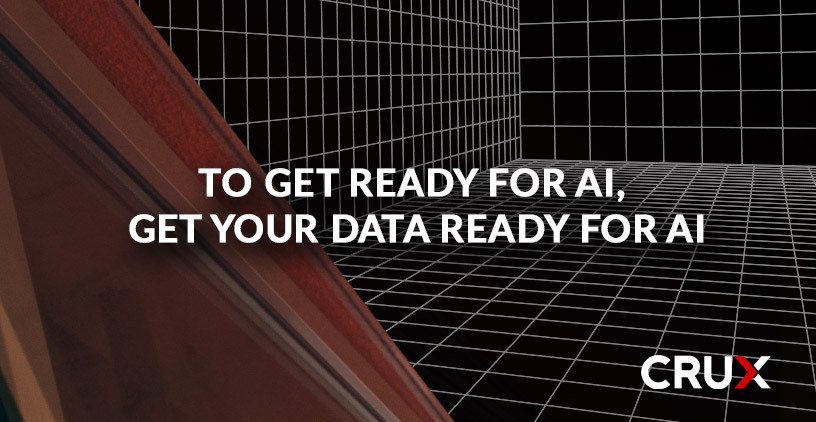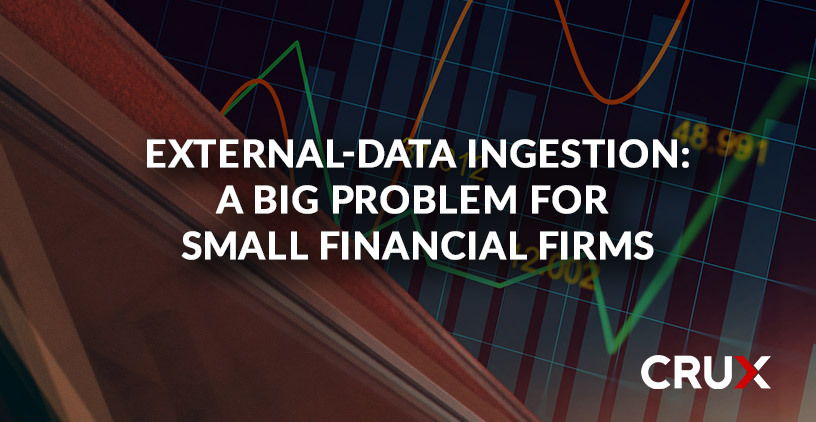What Cloud Marketplaces Do and Don’t Do
Not long ago, we observed here in our blog that the critical insights that drive business value come from data that is both (1) fast and (2) reliable.



IDC has been in business for over 50 years. We do comprehensive and very deep research on the Technology industry.
The bulk of IDC’s business is with large technology vendors who rely on IDC’s industry data and research to make strategic decisions around product development, competitive positioning, new investment opportunities, market entry, product positioning, etc. IDC has also been working with financial clients for many, many years. On the buy-side, that tends to be investors doing deep fundamental work in the tech space, namely long/short discretionary hedge funds, activists, and private equity clients.
IDC has unique and highly structured data that cannot be found in SEC filings, company disclosures, on the internet, or elsewhere in the public domain. IDC data sets provide an independent, comprehensive, and coherent picture of technology markets worldwide, which is understood by our clients to be the best proxy for ground truth available.
IDC has 25 distinct data sets (called Trackers) oriented around various worldwide technology markets (e.g. Mobile Phones, PCs, Servers, Storage, Switches & Routers, Public Cloud Services, Cloud Infrastructure, Software, etc.). Collectively, IDC covers nearly 3,000 technology firms globally, of which over 600 are publicly traded. The data offers comprehensive and very granular insight into Tech-industry fundamentals (e.g. revenue, unit shipments & capacity shipments by vendor, segment, country, price band, channel, form factor, etc.).
From a geographic standpoint, IDC has country-level data on up to 110 countries. The frequency of the data is monthly, quarterly, or semiannually, depending on the data set. Historical data varies by technology market depending on the maturity of the technology and typically extends back close to the inception of the market. For instance, PC data goes back to 1995, while Mobile Phone data extends back to 2004. IDC’s tracker data is supported by detailed industry taxonomies and underpinned by a rigorous data collection methodology involving a top-down and bottom-up approach, where data is reconciled with direct contacts with leading technology vendors reviewing information gathered from our extensive regional and local relationships, resources, and data sources.
IDC has more than 1,100 technology analysts and research offices in over 50 countries. We leverage a multitude of data sources, including published financial statements and public data, import records, contract details, 3rd-party data from OEMs, component vendors, platform suppliers, and other channel and supply-chain constituents. IDC also curates information from distributor data feeds, import/export records, and pricing data scraped from the web. IDC analysts have over 85,000 vendor client interactions every year and leverage extensive consumer and B2B surveys, with over 350,000 respondents annually.
IDC helps investors understand the size, structure, and competitive and growth dynamics of various tech markets. The questions can include: Who is winning in particular market segments and geographies? Who is gaining traction in various channels? What are the key form factor trends, and pricing dynamics? How many units or how much capacity is being shipped? What is the size and age of the installed base and who/what is vulnerable for displacement by new technologies and competing vendors? Which workloads are moving to the cloud and which still have longevity with on-premise deployments? What architectures and components are being used in new data center construction? Which vendors sold what devices at what prices through which channels last month in China?
Historically, our discretionary clients are using IDC’s tracker data to build sophisticated market models to identify market share gainers and donors to surface long/short ideas and paired trades. The newer quant-oriented use cases might focus on sector rotation (e.g. overweight/underweight Tech), segment rotation within Tech (e.g. Semis vs Software), using market-share data to enhance “quality” factors in factor models, or even using tracker data as inputs for global macro insights.
Over the past couple years, we’ve seen our traditional clients becoming increasingly focused on extracting insights from data in more efficient and often more automated ways. On an individual level, investment analysts are becoming more adept with programming languages, statistics packages, and analytical tools, so they are doing heavier lifting with large amounts of raw data. Many discretionary firms are creating centralized functions with data science teams to help fundamental analysts with screening, idea generation, and/or new quant-based insights into existing holdings. Some firms are embedding quants with their fundamental teams. Overall, fundamental analysis is becoming more data intensive and automated.
At the same time, IDC is working with clients that have full-blown quantitative and systematic mandates. Interestingly, these firms are trying to find ways to acquire more domain expertise, and we can help them do that. So, these previously distinct skill sets (quant/systematic and fundamental/discretionary) are converging along a spectrum of capabilities and mandates. These evolving discretionary use cases and new systematic clients all require more automated, precise and timely delivery of data in various formats.
For IDC customers and prospective customers, their technical folks may encounter a learning curve and upfront work to understand how to ingest our data into their processes. This requires a lot of back-and-forth with IDC’s technical folks. This happens across all of IDC’s clients for all the data vendors they work with. This multiplicative effect is time-consuming and strains their internal technical staff which ultimately inhibits IDC’s clients’ ability to scale their data onboarding, ingestion, and production operations.
Each of these new and evolving use cases require different delivery requirements of raw data to our clients – flat files via FTP, cloud buckets, or APIs. In addition to delivery, on IDC’s end, there is a lot of work that goes into the preparation of data to take it from raw form to a form that is actionable. This is where Crux comes into play.
The two pieces that Crux is helping to address for IDC and IDC’s clients are:
We’re still ramping up our relationship with Crux and just finished the first part, but we’re excited to now be able to deliver our data sets through a variety of file formats quickly to our clients. Onboarding our datasets with the Crux team was relatively painless.
Overall, we think IDC data provides a perfect framework and foundation for creating complex data ensembles or unlocking the value of higher-frequency alternative data in the Tech space. In fact, Yin Luo’s Quantitative Research group at Wolfe Research back tested our data and wrote a report last year on some potential applications of IDC data for systematic investors that is very interesting. In our view, IDC data is still tremendously underutilized by Buy-side clients, particularly for these new types of use cases. Now that we’re working with Crux, our existing and potential clients have a streamlined way to explore, test, ingest, and ultimately exploit IDC data, and we’re very excited about that.
Q&A conducted with Brian Murphy, Director, Financial Sales at IDC.
In our mission to help data flow efficiently between data suppliers and data consumers, we look to highlight major trends and developments impacting both parties. The ‘Supplier Spotlight’ series is an impactful content series focused on sharing the latest developments by suppliers and their datasets delivered by Crux.
To receive these updates, join our community.

Not long ago, we observed here in our blog that the critical insights that drive business value come from data that is both (1) fast and (2) reliable.

This past year has been exciting, representing the dawning of a new age for artificial intelligence (AI) and machine learning (ML)—with large...

How do you get white-glove customer service from a major data supplier?